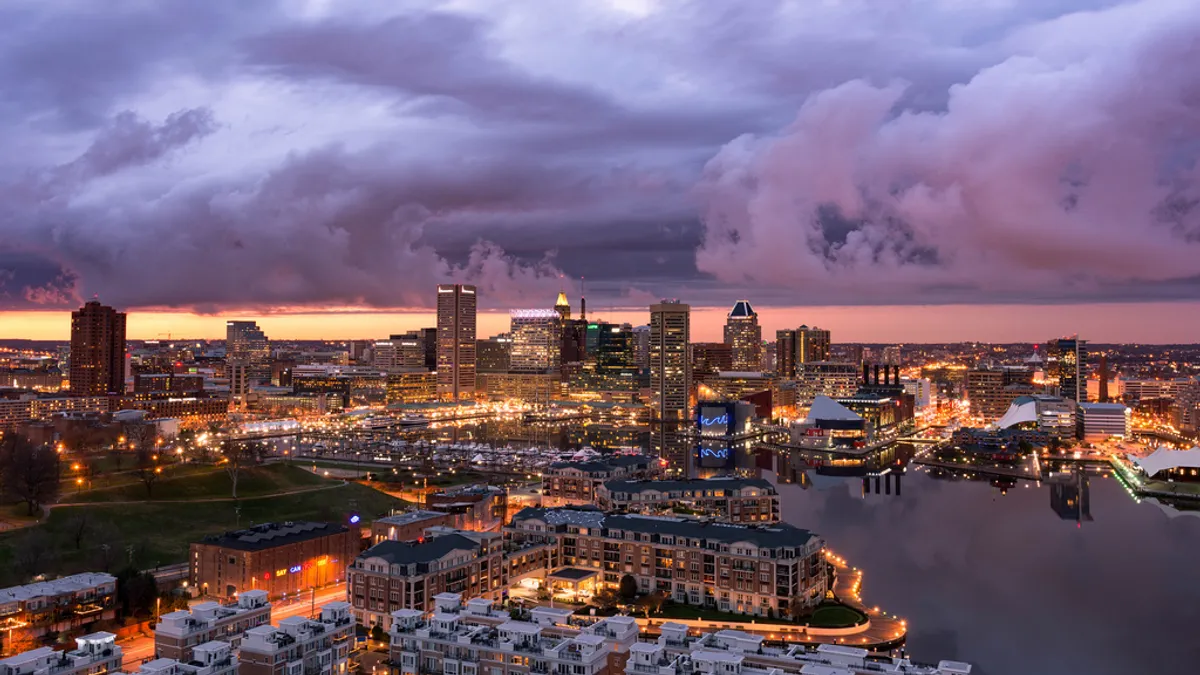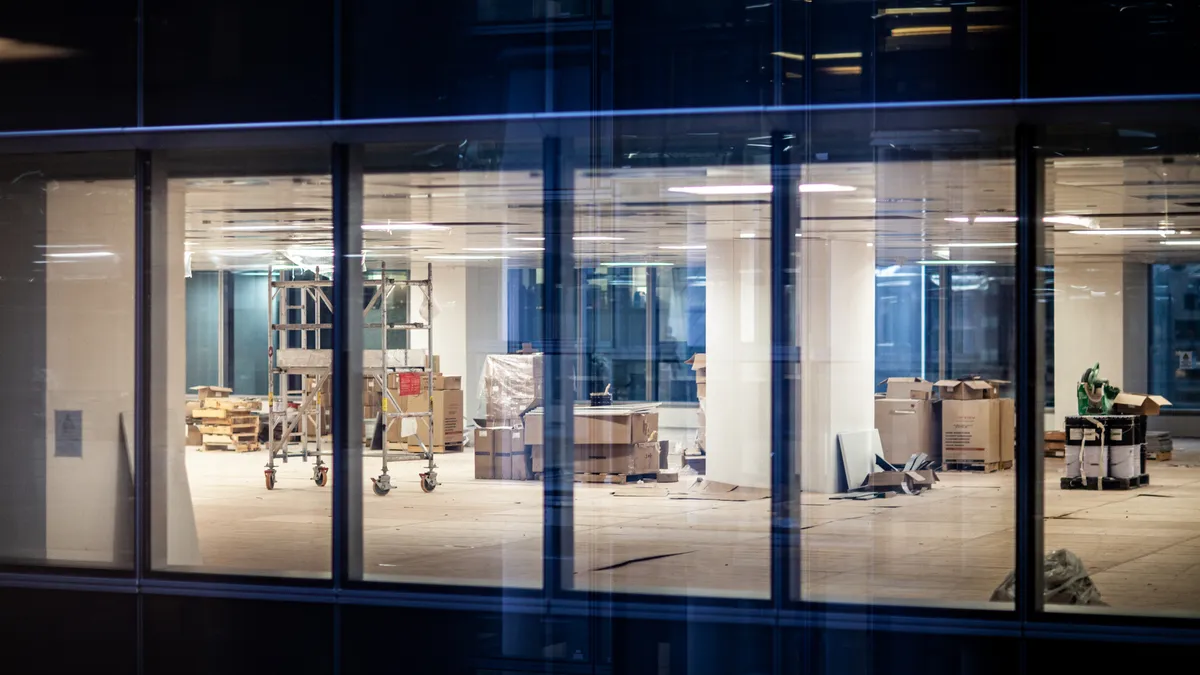Dive Brief:
- Recently elected Baltimore Mayor Catherine Pugh is looking for ways to double the city's diversion rate. The Institute for Local Self-Reliance (ILSR) has released a new report outlining a host of strategies that it says could help achieve that goal while also creating upward of 590 new jobs.
- According to the report, more than 10% of the city's estimated 224,000 tons of residential waste is diverted for recycling. It currently costs $50 per ton to tip refuse at Wheelabrator's waste-to-energy facility in the city as compared to $18 per ton at Waste Management's material recovery facility in nearby Elkridge. Diverting more material in this current system will generate significant savings and ILSR sees the potential for more by investing in new local processing infrastructure.
- ILSR recommends investing in new small-scale MRFs within the city, along with composting sites and a resource recovery park that could refurbish items for reuse. The report also sees potential for other programs such as a pay-as-you-throw system, standardized recycling carts, educational awareness campaigns, student internships in the industry and a host of other ideas to operate in conjunction with this new infrastructure.
Dive Insight:
According to Neil Seldman, report author and ILSR co-founder, his organization first got involved with developing solutions for Baltimore's solid waste system after joining local residents to oppose plans for a new waste-to-energy facility. ILSR is also helping develop a local bicycle-powered organics collection program in Baltimore that will create compost at a community garden, as well as talking to the city's Office of Sustainability about long-term waste planning. This report is meant to serve as a guide for the city as it prepares its own report due out later this year.
Since the city's current contract with Wheelabrator is set to expire in 2021, and the local Quarantine Road Landfill is nearing capacity, Seldman sees an opportunity to rethink the larger system. While he believes the cost of operating this WTE facility will become unsustainable due to its age and more stringent emissions standards the city could choose to extend its current contract to 2026. Though Seldman doesn't see this as a reason to wait on building a small-scale MRF with more advanced sorting capabilities.
“Locating the appropriate sized MRF adjacent to the incinerator would be the most practical thing right now," he said, adding that whether the WTE facility stays open or is converted to a transfer station there could be opportunities for optimizing export infrastructure for the two sites. "They definitely need a rail spur associated with both their garbage system as well as their recycling system."
In the shorter term, Seldman recommends distributing free recycling carts to area residents through a pilot program. While the city recently spent $9 million to provide universal refuse carts it still doesn't have a universal collection method for recycling. Expanding access to these carts, potentially with the help of private investment, would help the city capture more material and likely save money at the same time.
Other parts of the report's recommendations, such as new organics processing facilities or specific material regulations, could be more reliant on the outcome of pending state legislation. In the meantime, the city continues to make progress with new efforts to limit illegal dumping and capture marine debris. As the new administration works to develop a more holistic long-term strategy it will be helpful for them to consider as many ideas as possible, with an eye toward ones that can use waste as an economic resource rather than a burden.












